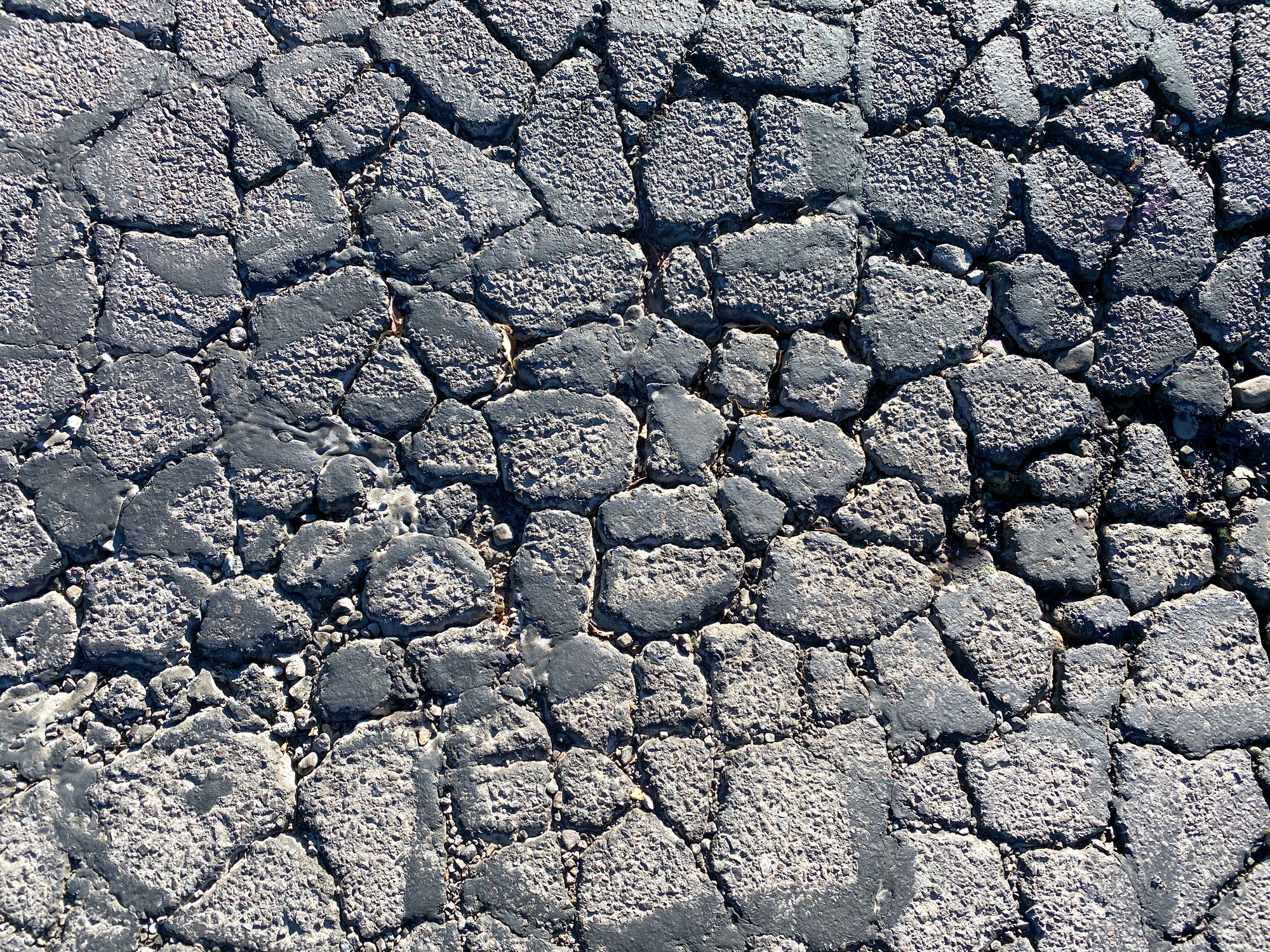
Asphalt pavements, whether in residential communities, new developments, or commercial areas, provide safe and reliable surfaces for vehicles and pedestrians. Driveways, roadways, and storm drain access points all rely on strong asphalt surfaces to perform well year-round. However, over time, these surfaces can develop cracks due to traffic, weather changes, or drainage problems. For communities in Southwest Florida, keeping asphalt in good condition is especially important to prepare for heavy rains and hurricane seasons.
1. Alligator Cracking
Alligator cracking, also known as fatigue cracking, appears as a series of interconnected cracks resembling an alligator’s skin. This damage is often caused by insufficient pavement thickness, poor subgrade support, or water infiltration. In residential communities, untreated alligator cracking can quickly compromise driveways and neighborhood roadways. The best fix involves removing the damaged section, addressing the base issues, and installing new asphalt.
2. Block Cracking
Block cracking forms large, square or rectangular patterns across the pavement. It typically results from temperature changes or an asphalt mix not suited for local conditions, rather than heavy traffic. If left untreated, these cracks can allow stormwater to seep in, further weakening pavement near storm drains or community roads. Repairs involve cleaning and sealing the cracks to protect against water penetration.
3. Edge Cracking
Edge cracks develop along the outer edges of pavement, often caused by poor drainage, lack of support, or vegetation growth. For residential developments, this type of cracking is especially common along driveways or community roadways bordered by landscaping. Fixes include improving drainage and edge support, then sealing the cracks to keep water from making the damage worse.
4. Slippage Cracks
Slippage cracks are crescent-shaped and signal that the surface layer has shifted due to a weak bond with the base layer. This type of damage can be particularly hazardous in community parking areas where frequent braking and turning occur. Repairs involve removing the compromised asphalt, re-establishing proper adhesion between layers, and installing new asphalt.
5. Reflection Cracks
Reflection cracks occur when a new asphalt overlay is placed on older pavement that already has cracks. These cracks resurface on the new layer, often seen on residential roadways where overlays are used as cost-effective repairs. Solutions include installing a fabric or mesh between pavement layers and applying a new overlay to minimize cracking.
6. Longitudinal and Transverse Cracks
Longitudinal cracks run parallel to the pavement centerline, while transverse cracks run across it. These result from temperature-driven expansion and contraction, poor joints, or base movement. For communities, these cracks can lead to water intrusion, which weakens roads and stormwater systems over time. Crack sealing is the best solution to protect against further damage.
Get Expert Asphalt Repair Services in Naples, FL
Maintaining community roadways, driveways, and storm drains is essential for safety, storm preparedness, and protecting long-term investments in residential developments. If your community in Naples, FL, or surrounding areas is facing asphalt cracking, trust Bonness for professional assessment and repair. Call us today at (239) 597-6221 or fill out our online form to schedule service. Our team provides durable solutions to help neighborhoods stay prepared for future hurricane seasons.
